From Dinosaurs To Dust: The Asteroid Impact Hypothesis

Introduction
Asteroids have played a crucial role in the evolution of our solar system. While many asteroids fly harmlessly by Earth, some occasionally make it through our atmosphere and cause significant damage. In this article, we'll focus on the asteroid impact hypothesis, which suggests that an asteroid impact was responsible for wiping out the dinosaurs and causing other mass extinctions throughout history.
The Theory of the Asteroid Impact
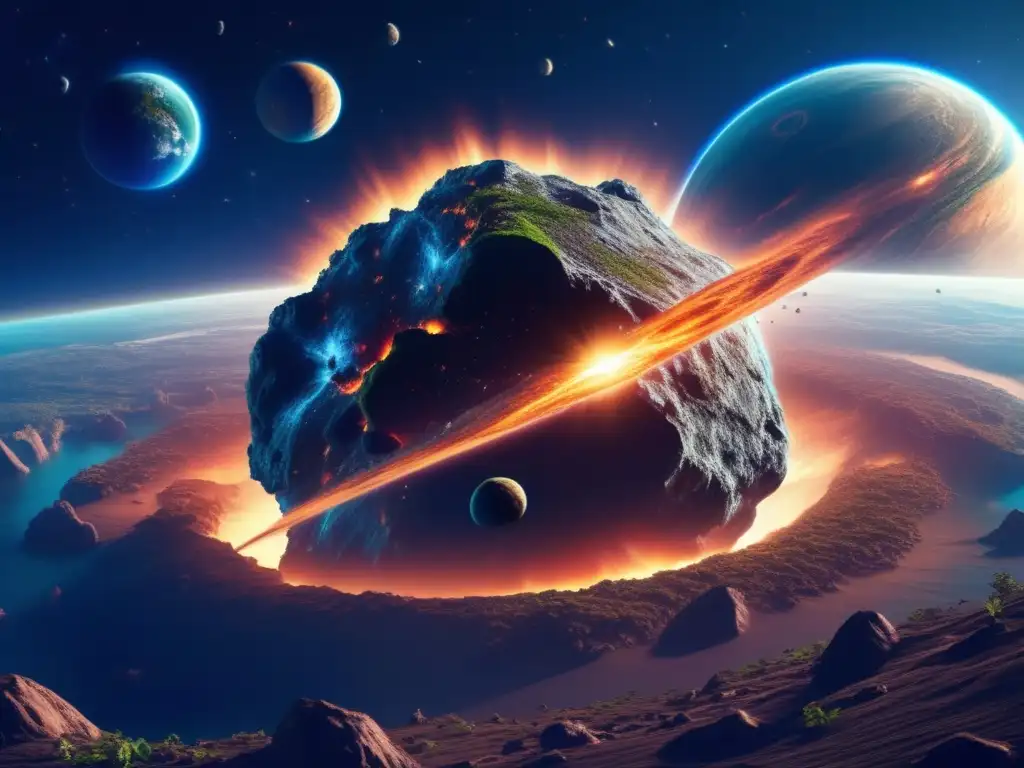
Dinosaur Extinction
The asteroid impact theory is based on the idea that a massive asteroid hit Earth around 66 million years ago, triggering a chain of events that led to the extinction of the dinosaurs and many other species. This theory was first proposed by scientists Walter Alvarez, Luis Alvarez, Frank Asaro and Helen Michel, who discovered a layer of iridium, an element rare on Earth but common in asteroids, in sedimentary rocks dating back to the end of the Cretaceous period.
Meteor Crater
One of the most famous and well-studied examples of an asteroid impact on Earth is Meteor Crater in Arizona, USA. The crater formed around 50,000 years ago when a small iron asteroid roughly 30 meters in diameter slammed into the ground at nearly 70,000 kilometers per hour. The impact created a hole nearly a kilometer in diameter and 170 meters deep.
Chicxulub Crater
The most studied and debated example of an asteroid impact is the Chicxulub crater located beneath the Yucatán Peninsula in Mexico. The impact occurred around 66 million years ago and caused a crater nearly 180 kilometers in diameter. The Chicxulub impact is thought to have played a major role in the extinction of the dinosaurs.
The Effects of Asteroid Impacts
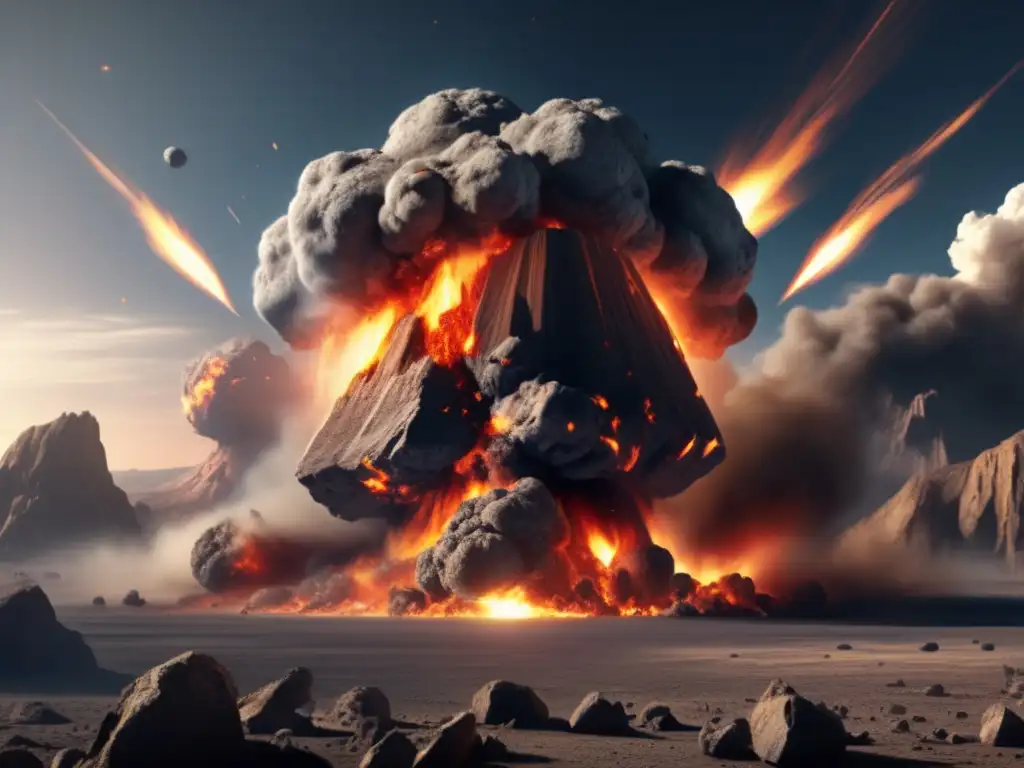
Impact Damage
When an asteroid strikes Earth, it creates an immense amount of energy that can cause widespread damage. The impact causes shockwaves that can trigger earthquakes, tsunamis, and volcanic eruptions. The blast also sends a plume of dust and debris high into the atmosphere, blocking out sunlight and causing global cooling.
Mass Extinctions
The most devastating effect of asteroid impacts is the extinction of species, including mass extinctions. Mass extinctions occur when a large percentage of species on Earth die out within a short period of time. There have been five major mass extinctions throughout history, and the Chicxulub impact is widely believed to have triggered the last one, which killed off the dinosaurs.
Creative Destruction
Asteroid impacts are also responsible for creating new habitats and opportunities for life to evolve. For example, the impact that caused the Chicxulub crater also created unique conditions that allowed new species to thrive, leading to the emergence of many of the creatures that exist on Earth today.
Could It Happen Again?

Near-Earth Objects
Near-Earth objects (NEOs) are asteroids or comets that come within close proximity to Earth. While most pose no threat to our planet, some NEOs have the potential to collide with Earth, causing significant damage. The good news is that NASA and other space agencies around the world are working hard to detect and track any potentially hazardous NEOs and have plans in place to divert them if necessary.
Impact Mitigation
There are several ways that scientists have proposed to deflect asteroids away from Earth, including detonating a nuclear bomb near the asteroid or using a spacecraft to gently nudge it off course. However, much work remains to be done to develop and test these techniques to ensure that they are effective and reliable.
The Need for Continued Research
While the likelihood of an asteroid impact is low, the consequences could be catastrophic. Further research into NEOs and impact mitigation techniques is essential to protect our planet and its inhabitants from the threat of an asteroid impact.
Frequently Asked Questions
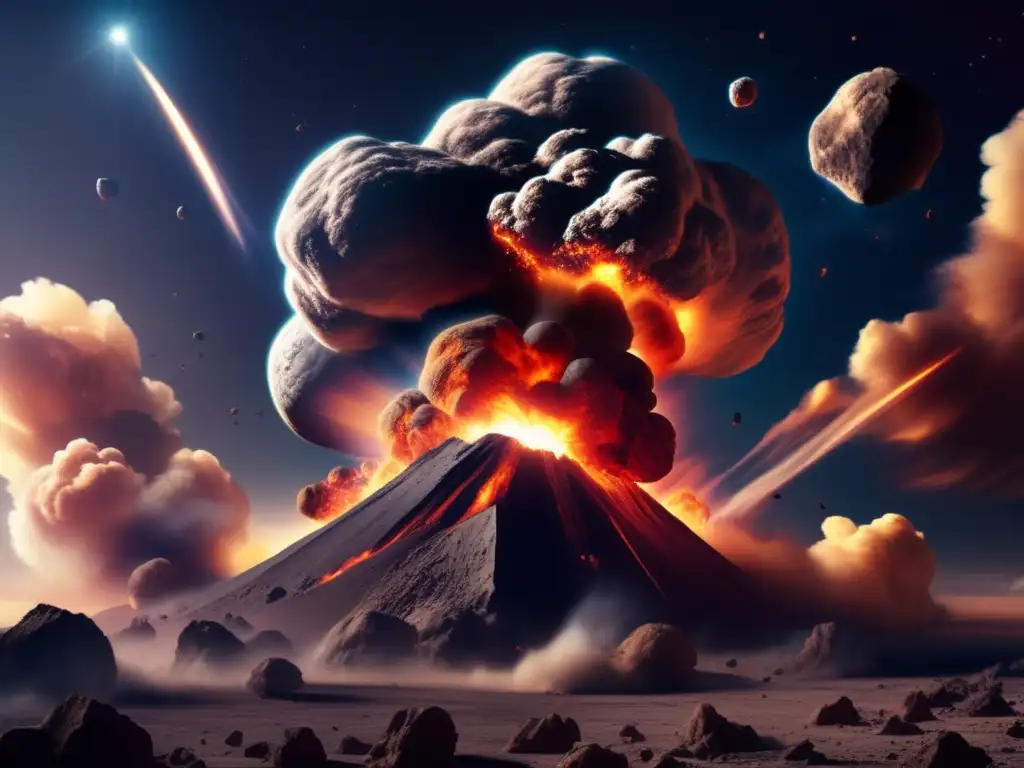
-
Could an asteroid impact really wipe out all life on Earth?
While it's unlikely that an asteroid impact could wipe out all life on Earth, it could certainly cause significant damage and trigger mass extinctions. The survival of species would depend on a variety of factors, including the size and speed of the asteroid, as well as the resilience of different ecosystems.
-
How do scientists detect and track potentially hazardous asteroids?
Scientists use a variety of techniques to detect and track potentially hazardous asteroids, including ground-based telescopes, space-based telescopes, and radar systems. These methods allow scientists to calculate an asteroid's trajectory and determine whether it poses a risk to Earth.
-
What can we do to prepare for a potential asteroid impact?
We can prepare for a potential asteroid impact by continuing to invest in scientific research and developing effective impact mitigation techniques. We can also work to raise public awareness of the threat of asteroid impacts and encourage people to support efforts to protect our planet.
-
How long does it take for an asteroid to travel from space to Earth?
The amount of time it takes for an asteroid to travel from space to Earth depends on its size and speed. Small asteroids can travel at speeds of several kilometers per second and reach Earth in a matter of days or weeks, while larger asteroids can take months or years to make the journey.
-
What are some of the risks associated with asteroid deflection techniques?
One of the main risks associated with asteroid deflection techniques is that they could potentially cause the asteroid to break apart, creating a shower of smaller fragments that could still cause damage to Earth. There is also a risk that the asteroid could be deflected into a new trajectory that still poses a risk to Earth.
Conclusion
Asteroid impacts have played a significant role in the evolution of our planet, and the asteroid impact hypothesis has helped us understand how these events have shaped our history. While the likelihood of an asteroid impact is low, the potential consequences are significant, and continued research is essential to protect our planet from this threat. We encourage readers to support scientific research into NEOs and impact mitigation techniques and to stay informed about the latest developments in this field.
Thank you for reading this article on www.asteroidrealm.com. We hope you found it informative and valuable. Please share your thoughts in the comments section below and consider subscribing to our website for more articles on asteroids and other fascinating topics.
Additional Resources
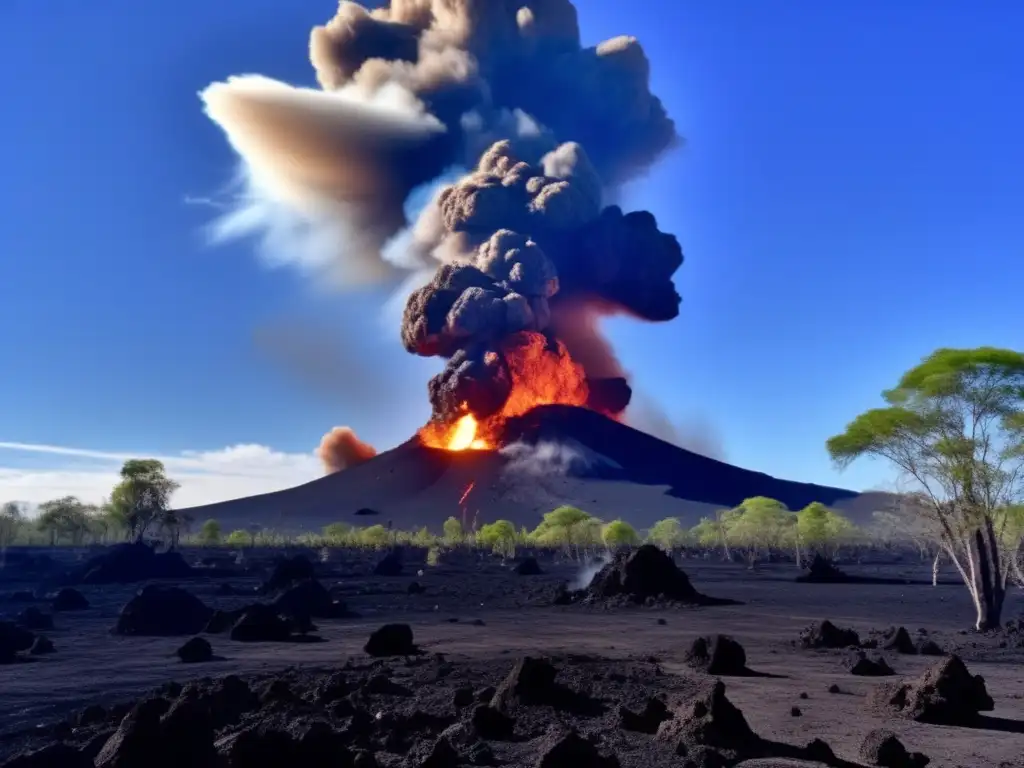
For more information on asteroid impacts and related topics, please see the following resources:
- NASA Planetary Defense
- UN Office for Disaster Risk Reduction
- American Meteor Society
- European Space Agency Asteroid Impact Mission
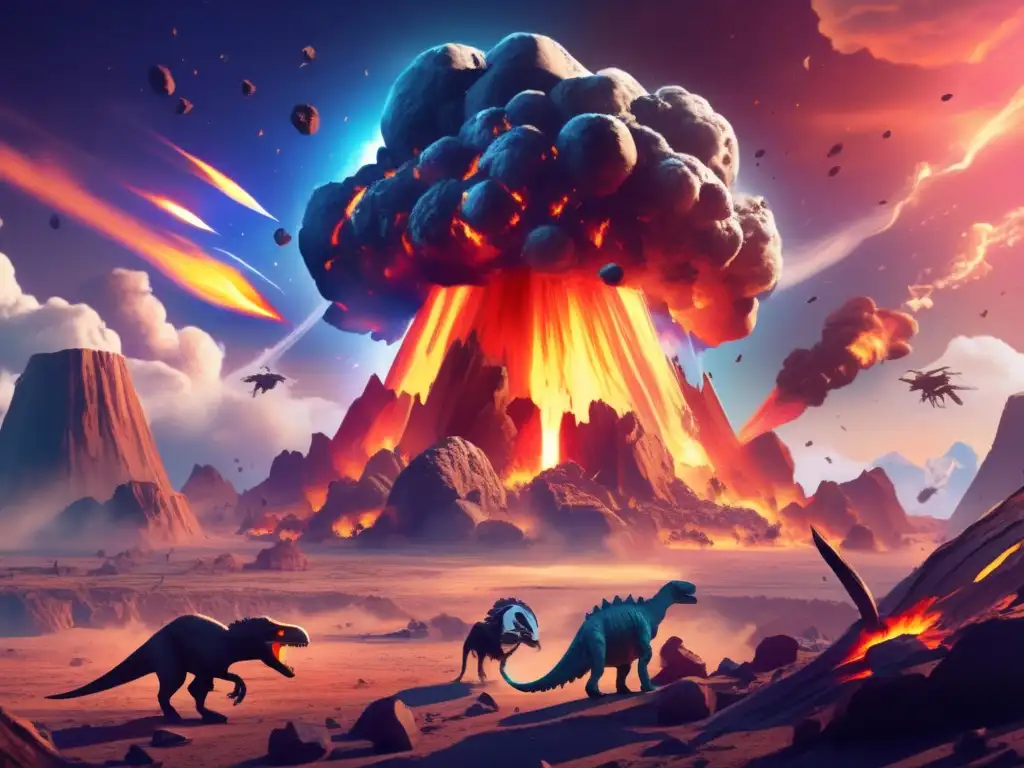 Extinction Event: The Role Of Asteroids In Dinosaur Demise
Extinction Event: The Role Of Asteroids In Dinosaur Demise A Cosmic Calamity: The Asteroid That Ended The Dinosaur Dynasty
A Cosmic Calamity: The Asteroid That Ended The Dinosaur Dynasty The Smoking Gun: Tracing Asteroids In The Dinosaur Extinction Mystery
The Smoking Gun: Tracing Asteroids In The Dinosaur Extinction MysteryIf you want to discover more articles similar to From Dinosaurs To Dust: The Asteroid Impact Hypothesis, you can visit the Asteroids and Dinosaurs category.
Leave a Reply

Articulos relacionados: